By Dan Russo and Maggie DeBlasis
Capital News Service

In many parts of the country - and indeed, around the world - a ride-booking service is as close and easy to use as launching an app on a smartphone.
But after nearly unimpeded growth in an industry that didn’t exist a decade ago, around 30 U.S. jurisdictions have passed new ride-hailing regulatory legislation, all in the hopes of making services like Uber and Lyft safer for passenger use.
The murders of six victims in Kalamazoo, Mich., in late February, while uncommonly tragic, magnified uncertainties that have faced the ride-hailing industry throughout its meteoric growth. At the top of the list is the safety of its passengers and drivers.
Ride-booking services like Uber and Lyft insist their technology, driver background checks, and two-way rating systems keep their patrons safe, but critics consider those factors and the insurance coverage - or lack thereof - to be the ultimate concern.
Of all the issues facing the ride-booking industry, as well as its competitor, the taxi and limousine services, safety is the paramount concern.
Safety concerns high in poll
In a national poll of 3,000 riders, 81 percent said safety was the chief factor when using either a taxi or a ride-hailing service like Uber or Lyft. The survey was conducted for a taxi-limousine trade association, but the data was collected by FrederickPolls, an Arlington, Va., firm.
SurveyMonkey data found that riders found ride-booking “makes lives easier, but can be seen as expensive and unsafe.”
But industry defenders see the safety issue as overblown.
“There is little evidence that the sharing economy services are more dangerous than traditional taxis,” Matthew Feeney, a policy analyst with the Cato Institute, wrote last year. Cato is a Washington-based libertarian think-tank that generally advocates less government regulation.
“In fact,” Feeney said, “the ridesharing business model offers big safety advantages as far as drivers are concerned. In particular, ride-hailing’s cash-free transactions and self-identified customers substantially mitigate one of the worst risks associated with traditional taxis: the risk of violent crime.”
Empirical data, however, is lacking. Tracking incidents involving ride-booking drivers or passengers is difficult: not all law enforcement agencies collect information the same way and many do not specifically track crimes or incidents related to ride-hailing services.
Maryland law brings equivalent regulation to taxis
February’s Michigan murders involving an Uber driver was a rare deadly case. But several less serious incidents have occurred in the District of Columbia-Maryland-Virginia area within the last three years, according to local police records and news reports examined by Capital News Service.
Maryland passed a law in July that essentially sets the same requirements for taxi services and ride-booking companies on insurance, licensing, and the handling of complaints by passengers.
The sponsor of the law, Sen. Bill Ferguson, D-Baltimore City, said it represented a compromise between state limo and taxi services and ride-booking companies that allows for innovation without risking consumers’ safety.
“It creates a new, more flexible regulating scheme to appropriate and regulate ridesharing services in the state of Maryland,” Ferguson said.
“Ridesharing is enormously popular and has been even when they were operating in more of a gray area,” the lawmaker continued. “(The bill) was a fiercely opposed bill for two years and last year we spent a lot of time working with all the stakeholders - taxis and limos to thinking with insurance regulators and companies and by the end of session last year ... almost everybody was in favor of it.”
Virginia laws, also enacted in 2015, are similar, requiring more in-depth driver background checks - though not fingerprinting, which both Uber and Lyft are fighting in some areas - and the possession of insurance policies.
Uber is not a taxi and vice versa
If anything, the new laws and incidents in the Washington region underscore the general uneasiness toward ride-booking in the industry across the United States, according to critics.
“What we've typically seen with Uber is that they have really only done the bare minimum as required by law when it comes to important issues like safety, background checks and insurance,” said Harry Campbell, an Uber and Lyft driver who quit his job as an engineer to run his blog, TheRideshareGuy.com. Campbell has also written articles on the ride-hailing industry for outlets such as Buzzfeed, the New York Times, and Huffington Post Live.
Most recently, Uber agreed to pay Los Angeles and San Francisco a $25 million settlement in a lawsuit brought by the cities’ district attorneys. TechCrunch reported that the lawsuit claimed the company was “charging a $4 fee for passengers being collected from or going to California airports (and prosecutors) found that the ‘toll’ wasn’t being passed on to the airports…”
As a part of the settlement, Uber has also pledged to stop using certain language claiming that their background checks were top-tier.
“We’ve agreed not to use terms like ‘safest ride on the road’ or describe our background checks as ‘the gold standard,’” the company said in a statement.
At the epicenter of the ride-hailing controversy lie three clear, but intertwining issues: the fundamental difference between ride-booking and the taxi industry; the ride-hailing company’s accountability for their drivers’ and passengers’ safeties; and the uncertainty surrounding the ride-booking platform’s sustainability as a business model.
Matchmaking service
Uber even has a disclaimer at the bottom of its Greater Maryland website that might surprise a lot of its users: “Uber is not a transportation provider.”
The difference at a basic level is that taxi companies usually own their vehicles and employ their drivers, whereas services like Uber and Lyft merely provide a platform for riders and drivers to match and meet up.
“Certainly when I teach, I say Uber is a platform and they are a matchmaking service to make sure that people who want rides and people provide rides can find each other,” said Joe Bailey, a professor in the University of Maryland’s Robert H. Smith School of Business.
“But (Uber and similar services are) not the ones who own the vehicles or (are) providing the transportation service,” he said.
Ride-booking industry defense
In an effort to address demands from federal, state, and municipal agencies for information about its operations, Uber, the leading ride-hailing company, released its first transparency report on April 12.
The report detailed the scope of data that state and federal agencies and law enforcement requested in the second half of 2015, which included information on 50 Uber drivers in Maryland.
Uber, a privately-held company, said it hoped that its report would open “a public debate about the types and amounts of information regulated services should be required to provide to their regulators, and under what circumstances.” Uber alleged that information requests of digital companies often exceeded those of their offline, more traditional counterparts.
“In many cases [agencies] send blanket requests without explaining why the information is needed, or how it will be used,” Uber said in a statement. “And while this kind of trip data doesn’t include personal information, it can reveal patterns of behavior -- and is more than regulators need to do their jobs.”
Uber and the entire ride-hailing industry believe that they are being backed into a corner, attempting to balance the requests of regulatory agencies and public demands for improved safety features, while protecting customer privacy.
According to Uber’s website, all Uber drivers undergo a pre-screening process, including a review of motor vehicle and criminal records, in order to become certified and get paid. The company also maintains a code of conduct for both drivers’ and passengers' safeties.
Technological safety features
Uber spokeswoman Kaitlin Durkosh said that all transportation has its risks, but Uber offers technological safety features that its competitors don’t.
“I think what people often forget is that, just a few years ago, being able to wait safely inside for your ride, knowing who your driver was and when your ride was arriving, didn’t really exist,” Durkosh said. “Furthermore, if you wanted to get somewhere in that moment of time, you probably had to go outside and either hail down a taxi or walk to find a bus or a Metro stop.”
Aside from Uber’s background checks, its technological safeguards include a GPS locator that tracks the service’s car, communication with drivers that don’t require users to provide their phone numbers, and the rider’s ability to share the location, route, and estimated time of arrival with a friend or family member. The company’s app also provides the driver’s first name, photo, license plate number, and rating.
After both the driver and rider rate each other, Uber’s 24-hour safety team reviews each report and looks into any incidents, Durkosh said, though the company’s code of conduct insists that, in case of an emergency, the proper authorities be contacted first.
However, those safety measures don’t always prevent incidents.
Crime incidents include six in Annapolis
The Washington Post reported in July 2014 that Ryan Simonetti, CEO of New York-based Convene, said he was “kidnapped” by an Uber driver in the nation’s capital. According to his Twitter account, Simonetti said he was “held against (his) will, and involved in a high speed chase across state lines with police #Crazy.” An Uber representative confirmed to The Post the driver no longer drives for the company.
In September 2014, the Courthouse News Service reported a Washington, D.C., man sued Uber after being stabbed six times by his driver the previous September.
An off-duty Uber driver admitted to having been drinking in June 2015 when he veered from his side of the road and ran into an oncoming car, killing a Gaithersburg, Md., woman driving, according to Washington’s WJLA-TV.
Those are only three of at least 10 accounts of Uber drivers endangering or allegedly endangering their passengers in the Washington area since 2013, according to police and media reports. Most occurred in Northwest Washington, a handful were recorded in Northern Virginia, and six were reported in Annapolis in 2015, the first year the company serviced the city.
In late February, the Baltimore Sun reported that a convicted drug dealer on supervised release regularly used Uber to transport heroin in Southeast Baltimore. Drug Enforcement Administration agents said in a search warrant they believed the passenger to be moving “10 to 20 kilograms per month.”
Kalamazoo and its effect on business
The Michigan Uber driver, 45-year-old Jason Brian Dalton, was charged with 16 counts at his arraignment, including six counts of murder and one count of attempted murder of a minor.
Despite the horrific violence Dalton is allegedly responsible for, local police confirmed he had no prior criminal record.
“If the person doesn’t have a criminal record, then no background check is going to raise any flags,” Uber’s Durkosh said. “So, as that case has shown, past behavior may not accurately predict how people will behave in the future and that’s where we think our technology features that we have in place can help ensure safety before, during, and after a ride in ways that other transportation options cannot.”
Even with that technological advantage, Campbell said Uber could and should be doing more to spearhead improved safety features.
“As a $60 billion company and a leader of the on-demand economy, I feel they should actually be leading the charge when it comes to these types of issues, instead of taking a backseat,” Campbell said.
Despite safety concerns, Uber’s growth has been spectacular. The company rose from a startup in 2009 to a platform revolutionizing the transportation industry in a short seven years.
Bloomberg Business reported Dec. 3 that the company is valued at $62.5 billion.
The University of Maryland’s Bailey said it is difficult to measure how bad publicity will affect the company’s worth because Uber is not yet publicly traded and its stock cannot be tracked.
“With privately-held companies, it’s very difficult to ascertain kind of what their market capitalization is going to be at any given time,” Bailey explained.
The future
While Uber has been mostly compliant with the wave of new legislation and in some cases has championed technological safety features, the glaring question of accountability persists for both investors and the public, according to Bailey.
Bailey said venture capitalists will look at the events in Michigan as a “stress test” for Uber’s leadership and how they respond.
The long-term effects of the shooting in Michigan are still being felt now, with ride-booking legislation being passed in all but four states as of early April.
But for a company looking to become publicly traded some time in 2016 - the exact date remains unknown - Bailey said one question should be asked: “(Does the Kalamazoo shooting) somehow make the business model that Uber has completely unviable? Or is this a terrible tragedy, but ultimately not the responsibility of the platform like Uber?”
The public’s perception of Uber’s accountability, Bailey said, may “matter more than (the disclaimer) on their website.”







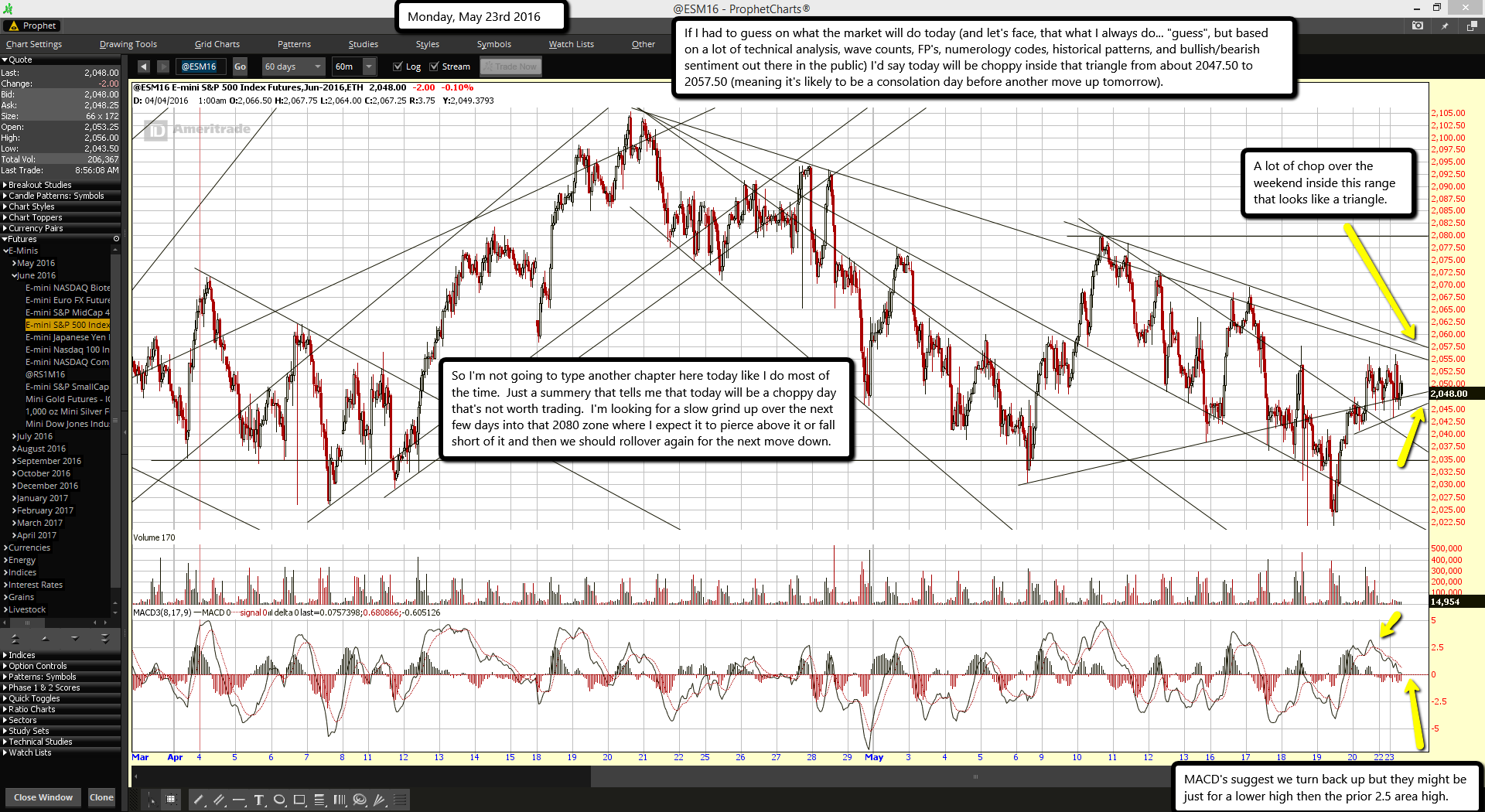
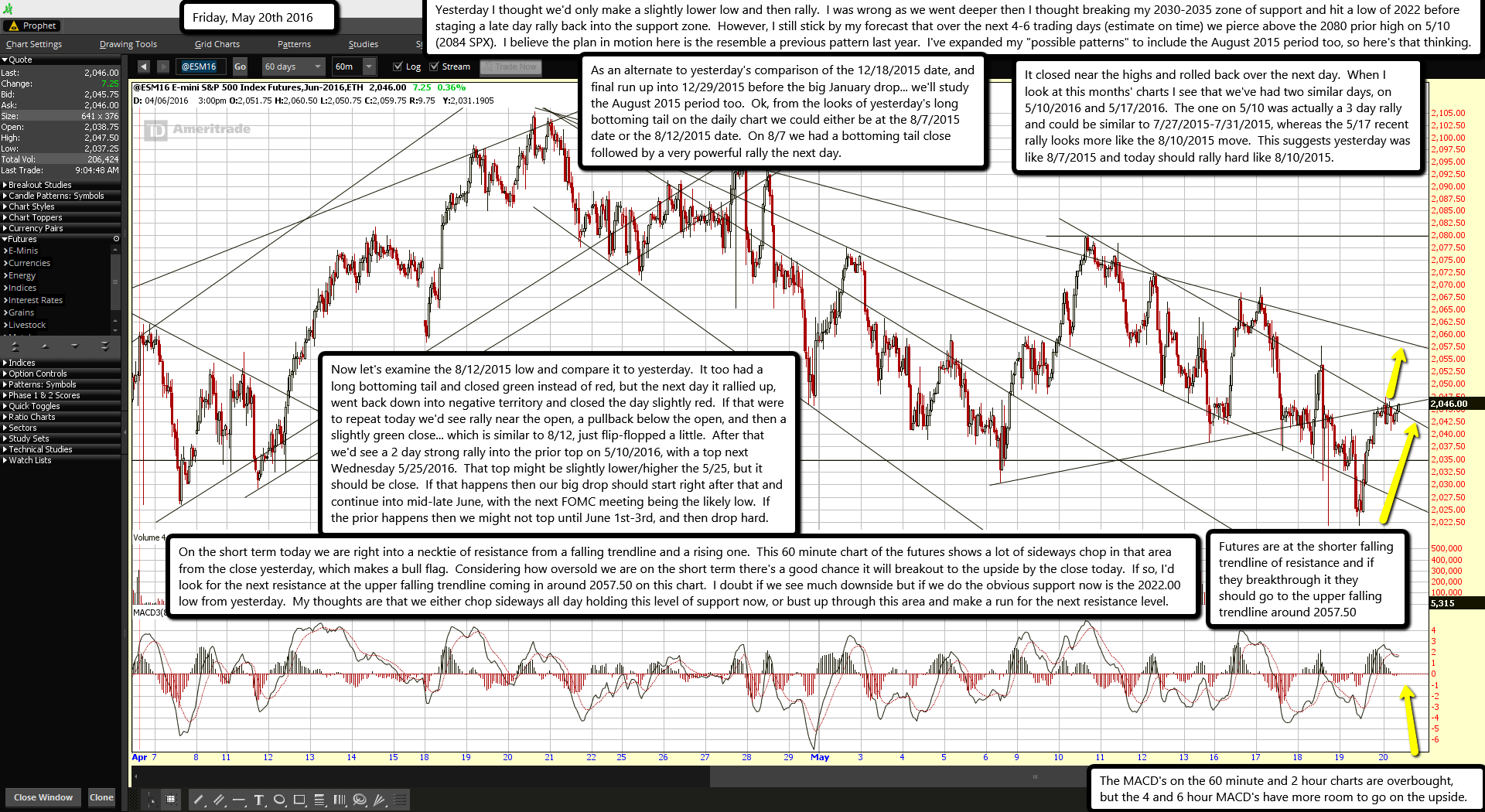
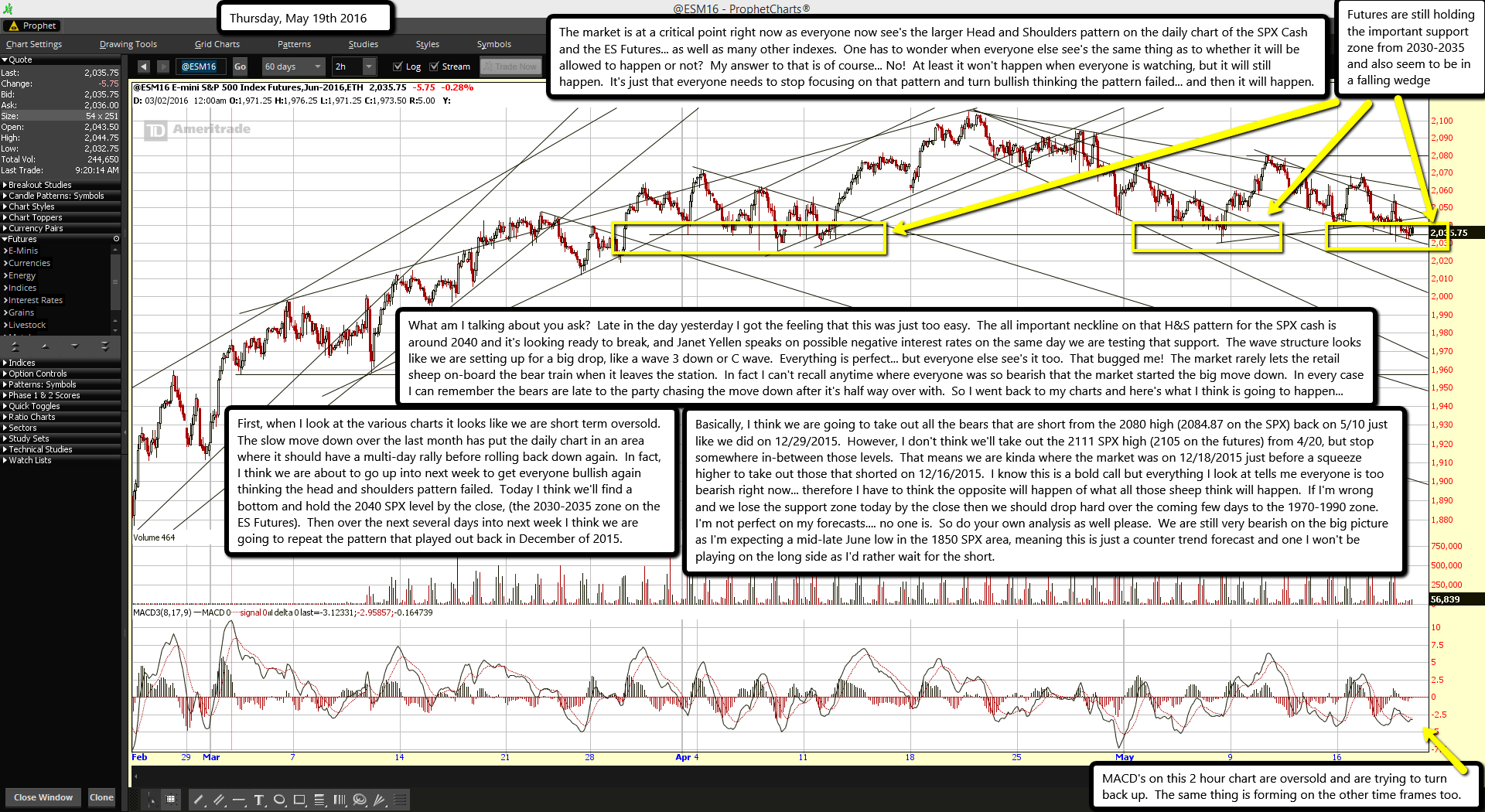
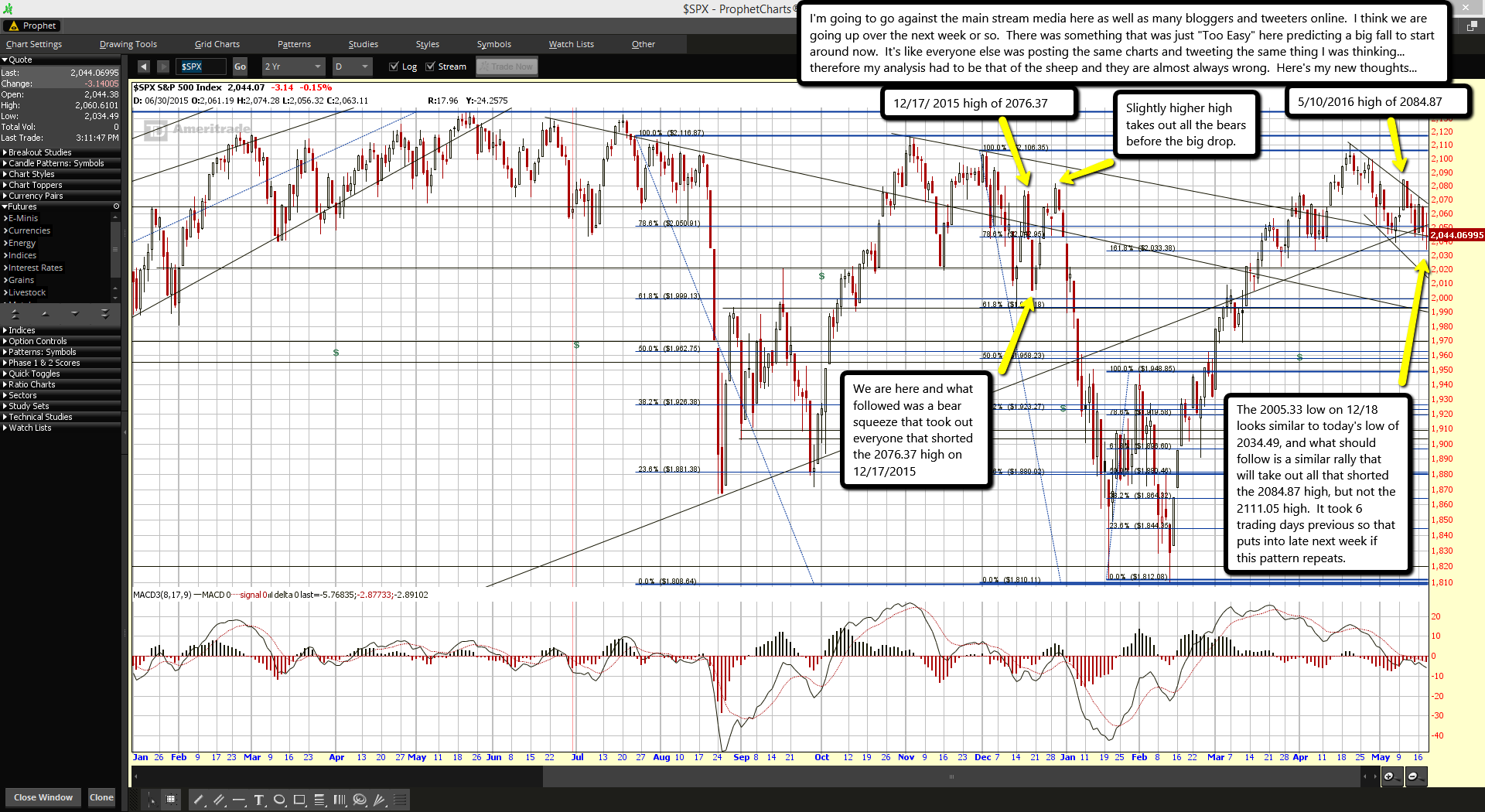
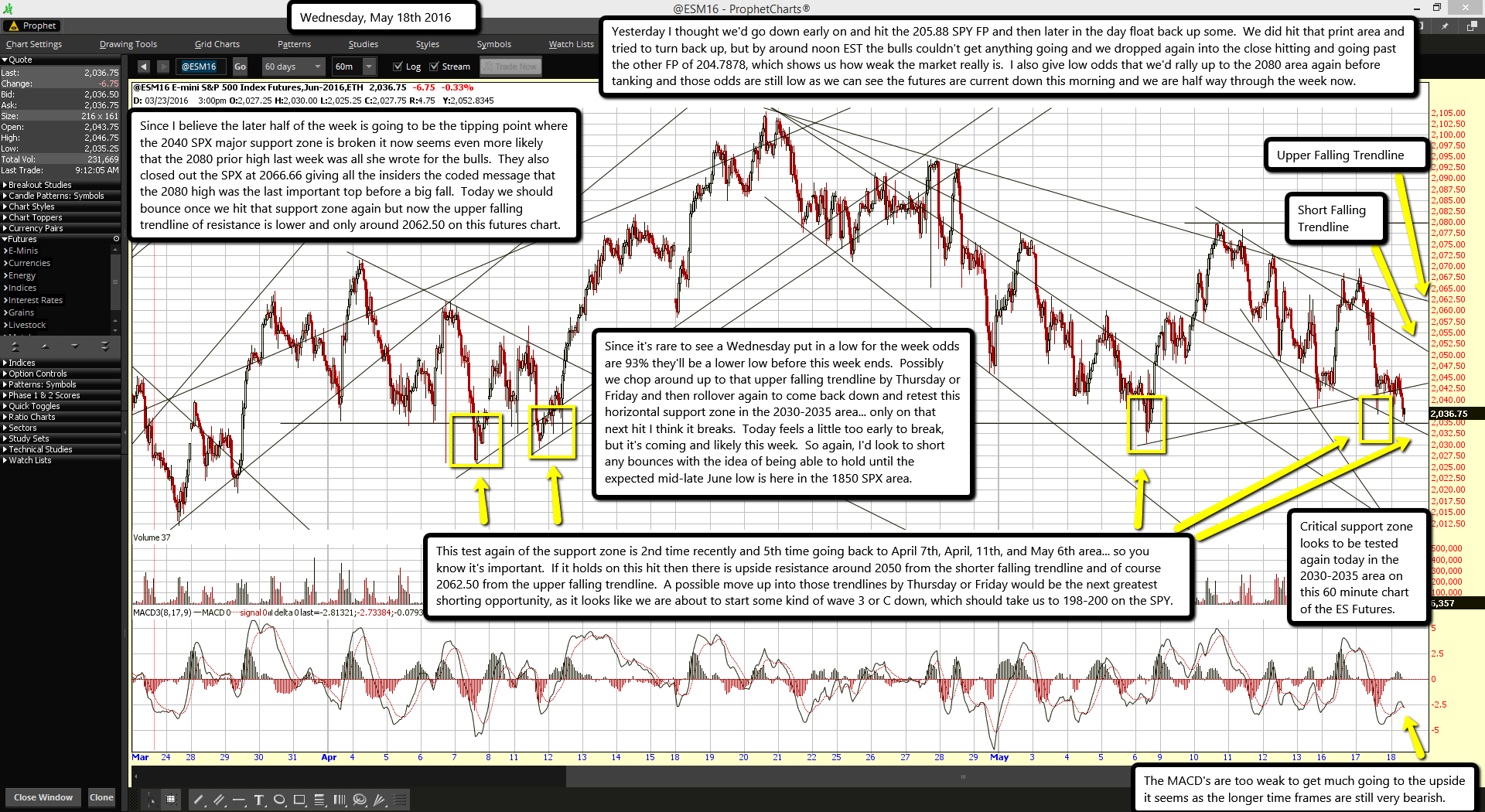
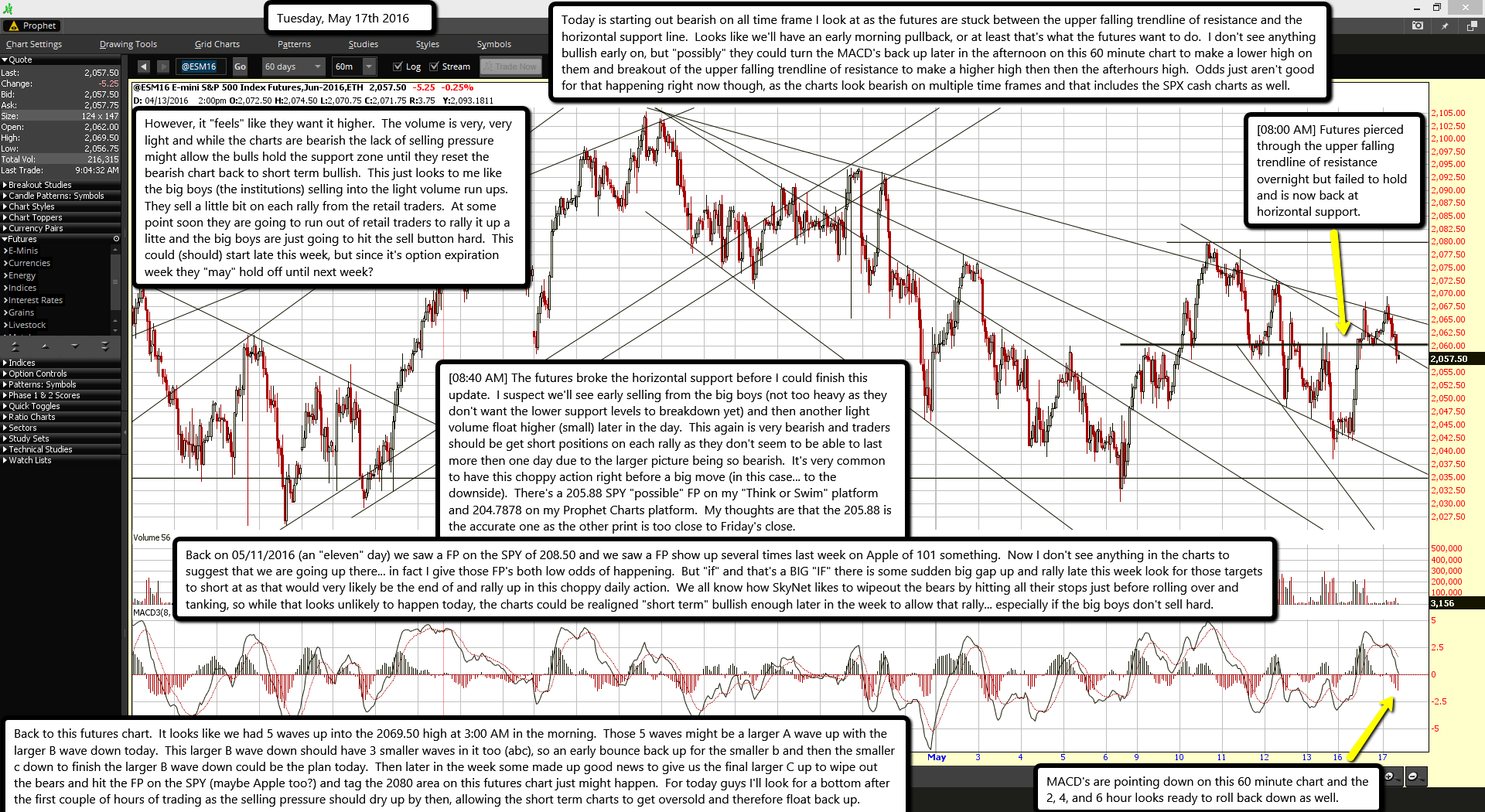
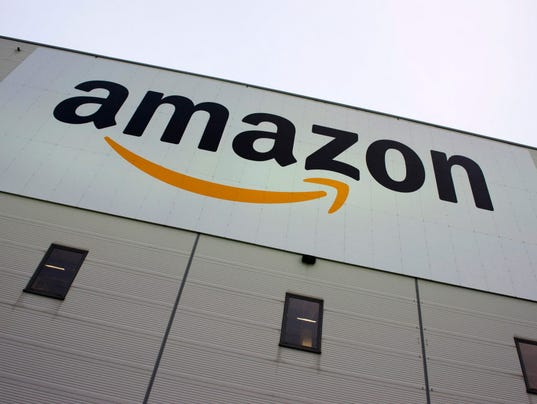


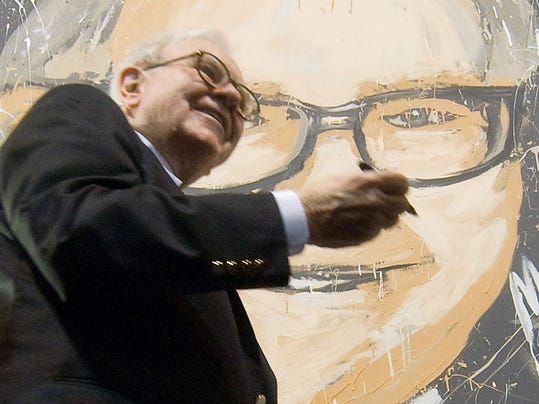 Indeed, the Apple stock purchase was likely the brainchild of Todd Combs or Ted Weschler, the money managers Buffett brought in to pick stocks for the conglomerate when he’s gone. The addition of the two stock pickers is resulting in a broadening out of the types of stocks Berkshire invests in – and which ones are jettisoned. Buffett, of course, is better known for his own stock picks, which include iconic American companies such as Coca-Cola and American Express.
Indeed, the Apple stock purchase was likely the brainchild of Todd Combs or Ted Weschler, the money managers Buffett brought in to pick stocks for the conglomerate when he’s gone. The addition of the two stock pickers is resulting in a broadening out of the types of stocks Berkshire invests in – and which ones are jettisoned. Buffett, of course, is better known for his own stock picks, which include iconic American companies such as Coca-Cola and American Express.



 Planning Perspectives is an annual study that asks auto suppliers which automakers are best to work with.
Planning Perspectives is an annual study that asks auto suppliers which automakers are best to work with. Toyota and Honda were found to be the most cooperative automakers by suppliers in the annual Planning Perspectives survey.
Toyota and Honda were found to be the most cooperative automakers by suppliers in the annual Planning Perspectives survey.
